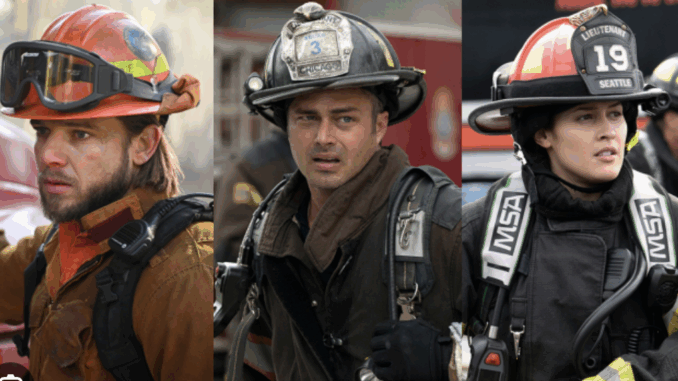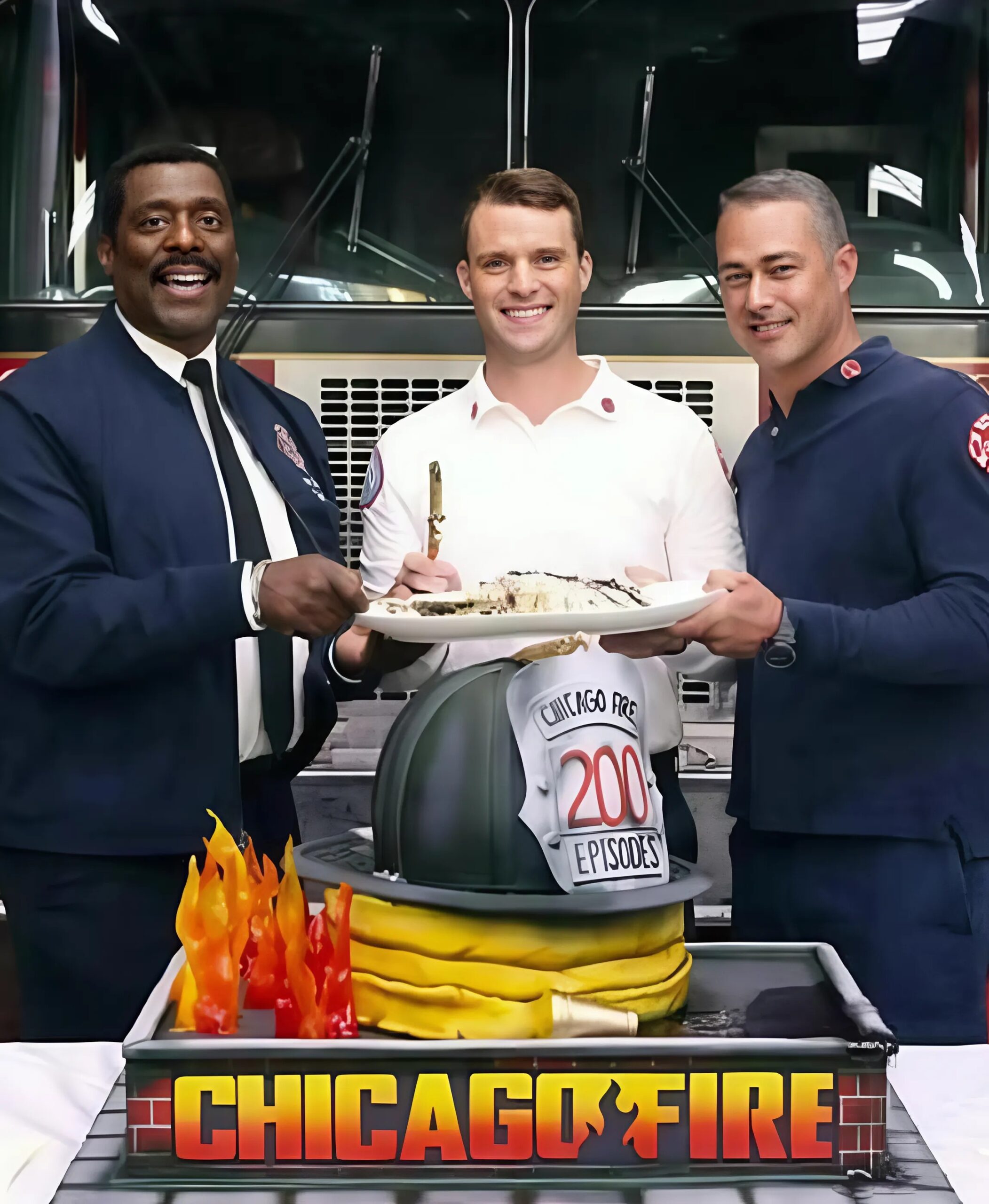
Chicago Fire is renowned for its heart-stopping rescues, gut-wrenching losses, and the intense drama that defines the lives of first responders. But if you’re a long-time fan, you know it’s not all grim emergencies and somber goodbyes. Part of the show’s enduring appeal lies in its brilliant ability to weave in moments of humor, camaraderie, and lighthearted banter that provide essential relief and deepen our connection to the characters.
Think about it: after staring down a five-alarm blaze or dealing with a tragic accident, how do these heroes cope? Often, it’s with a shared laugh, a playful jab, or a night out at Molly’s. This dynamic mix is key to the show’s longevity and why it continues to resonate with millions.
The Unsung Heroes of Comic Relief
While characters like Kelly Severide and Matthew Casey often carry the weight of serious storylines, others are crucial for bringing levity to the firehouse.
- Christopher Herrmann, The Heart (and Humor) of Molly’s: Herrmann is the quintessential grumpy-but-lovable patriarch. His rants, his business ventures at Molly’s, and his genuine affection for his crew often provide much-needed comedic breaks. He’s the one who’ll complain about anything but secretly has the biggest heart.
- Mouch, The Quietly Hilarious Veteran: Randy “Mouch” McHolland’s deadpan humor, his devotion to his couch, and his unexpected wisdom often catch us off guard. He’s the character who can deliver a perfectly timed one-liner that cuts through the tension.
- The Firehouse Pranks and Shenanigans: From mild practical jokes to competitive bragging, Firehouse 51 frequently engages in antics that remind us these are real people, living together and relying on each other. These moments highlight their close bonds outside of the emergencies.
Why the Balance Matters
This clever blend of intense drama and genuine humor isn’t just for entertainment; it’s a vital storytelling technique that mirrors real life.
- Coping Mechanism: For real-life first responders, humor is often a crucial coping mechanism. Sharing a laugh helps to diffuse tension, process trauma, and maintain sanity in a profession filled with stress and tragedy. Chicago Fire captures this authentic aspect beautifully.
- Character Development: The lighthearted moments allow us to see different facets of the characters. We witness their vulnerabilities, their quirks, and their off-duty personalities, making them more three-dimensional and relatable. It’s in these moments that their bonds are truly forged.
- Emotional Breather: For the audience, these lighter scenes provide a necessary “breather” from the relentless intensity of the job. They allow us to laugh, to relax, and to fall even more in love with the characters before the next alarm sends our hearts racing again.
The Molly’s Effect
Molly’s Pub isn’t just a set; it’s a character in itself and the unofficial “third space” of Firehouse 51. It’s where celebrations happen, where frustrations are aired, and where the raw, unfiltered camaraderie of the crew shines brightest. The banter over beers, the discussions about their lives outside of work, and the shared sense of belonging at Molly’s are essential elements that balance the show’s intense emergency calls.
Chicago Fire‘s success isn’t just built on burning buildings; it’s built on the genuine connections and the shared humanity of its characters. It’s a reminder that even in the face of unimaginable danger, there’s always room for a laugh, a comforting presence, and the unwavering bond of chosen family.

